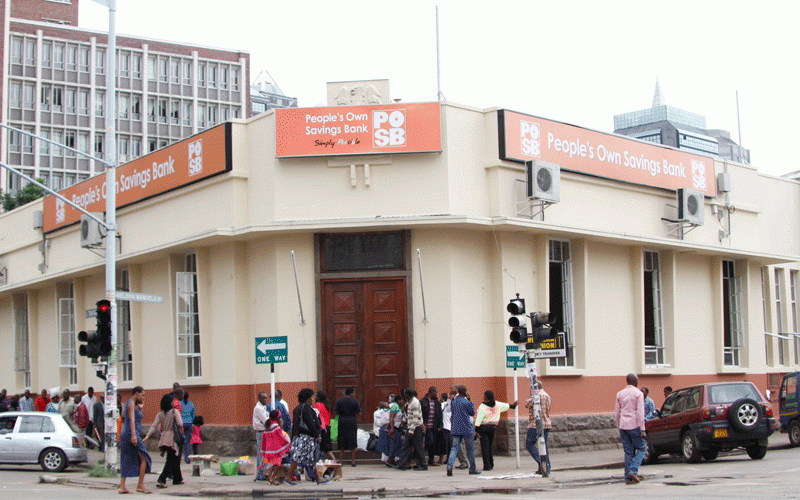
STATE-OWNED banker POSB is planning to secure another US$10 million in offshore credit before year end, after securing a similar amount from the African Export–Import Bank (Afreximbank), NewsDay Business can report.
The bank revealed during its annual general meeting (AGM) held in Harare on Tuesday that it had secured a US$10 million credit line from the Afreximbank’s trade facilitation programme.
The programme is the pan-African bank’s counter to the recurring trend of reduction or withdrawal of trade lines to African banks by international banks following the de-risking process.
In line with this, POSB intends to use the credit to support the critical importation of goods and services into Zimbabwe as well as assist in importing equipment to enhance production and value-addition of exported goods.
“We are looking at US$20 million credit lines this year, but it can be more depending on the viability of offshore lines of credit, and it is depending on the appetite of the off-takers of the lines of credit,” POSB chief executive officer Garainashe Changunda told NewsDay Business.
“Already, we have secured US$10 million of the US$20 million that we have budgeted for. Basically, we are assisting our clients to transition to a green energy environment to reduce carbon emissions in line with SDGs [sustainable development goals].”
He said this meant providing clients with, as an example, funding to replace equipment that was not energy efficient that relied on hydrocarbon energy.
“We are currently supporting our clients to acquire solar equipment and by doing so, we are aligning to SDG goals,” Changunda said.
- Abwa commissions milk plant
- In the groove: Has inflation hit the music markets?
- Strive Masiyiwa eyes US$500m for expansion
- Zimbos snub Zec voter registration programme
Keep Reading
“I did announce that the US$10 million that we got from Afreximbank is basically targeting manufacturers that are aligned with green technology and the environment.
“So, part of that will be targeted at corporates or even individuals that would want to upscale their operations and use solar energy for their operations.”
These funds will also be used to target projects that will improve sustainability in line with POSB’s environmental, social and governance thrust.
The thrust is part of an investing principle, quickly becoming the global standard for financiers that prioritises environmental, social and corporate governance issues in allocating funding.
During the first quarter of the year, POSB increased its loan book in United States dollars as shown by a huge appetite by clients wanting to fund their working capital requirements.
As at March 31, 2024, the bank’s total assets stood at ZWL$1,21 trillion against a budget of ZWL$1,12 trillion.
“Significant growth in lending and investing business was recorded during the period resulting in the positive budget variance,” POSB chief finance officer Maria Gunde said.
“Total deposits closed the period at ZWL$616,89 billion against a budget of ZWL$510,52 billion. The bank’s business development initiatives impacted positively on growth of deposits during the first quarter of 2024.”
Capital and reserves closed the period at ZWL$484,56 billion against a budget of ZWL$493,78 billion, resulting in a small negative variance of 2%.
“However, an increase of 149% was recorded on capital and reserves from the position as at end of year 2023,” Gunde added.
Total equity and liabilities closed the period at ZWL$1,21 trillion against a budget of ZWL$1,12 trillion, resulting in a positive variance of 8%.
This was mainly attributed to the positive growth in the business generated by the bank during the period.






